One of the greatest parliamentary sketch-writers of all time, Norman Shrapnel, made a point of never socialising with the politicians whose performances he chronicled. ‘I was worried it might dilute the purity of my hatred,’ he explained. When writing about Turf figures, the danger is a different one: you end up backing too many horses trained by those who have become friends. One day at Goodwood recently I plunged on three horses whose handlers had encouraged me to do so and not one of the three finished in the money. But that was my fault for suspending disbelief. As the Irish trainer Mick O’Toole once explained, ‘If there weren’t a lot of folk out there who thought their horses were better than they are then racing would collapse.’
You do come to value the realists and one of those, Chris Wall, is having a splendid summer. I admire trainers with small and middle-sized yards who choose to operate alongside the big battalions in Newmarket as he does at the neat Induna Stables, which he acquired in 1992.
The son of the small-time jumps trainer Ron Wall, who advised him against a career in racing, Chris had what might be called an ideal preparation, working first for Barry Hills in Lambourn: ‘A big yard was a good place to acquire self-discipline. You had to adapt quickly. You could soon have got lost if you couldn’t go the gallop.’ There followed two years with Sir Mark Prescott in Newmarket: ‘He didn’t have so many good horses but was very organised and left nothing to chance.’ Two years more were spent ingesting the patient approach of Luca Cumani, ‘a man who did not over-race his horses’, before in 1987 Chris Wall took on the role of private trainer to the colourful Singapore-based Ivan Allen: ‘It was the best opportunity I was going to get without having to fund myself, a good interim between being an assistant and setting up on my own.’
Wall has a more intriguing hinterland than many racing figures. Most of those who are asked for their musical playlist in a regular Racing Post feature choose a selection from the pop charts. Chris Wall picked five classical works, including Dvorak’s Cello Concerto. And his bedside reading? A History of the British Cavalry 1816–1919. Away from racing he relaxes by singing in a choir or going birdwatching.
What does count is that without ever having had any really expensive horses he has picked up 23 Group races and scored international success with the likes of Donna Viola (Yellow Ribbon Stakes, Santa Anita), Candy Glen (Italian 2,000 Guineas) and Missed Flight (Prix du Rond Point at Longchamp). His most popular horse is surely Premio Loco, now ten years old, who was acquired for less than 20 grand. His trainer gave him time to strengthen and Premio Loco has scored no fewer than eight Group successes in recent years, including Lingfield’s Winter Derby. After a break he should be out again in the autumn.
When I was at Induna Lodge late last season, Chris told me, ‘He enjoys his work. The key is to keep him occupied and not to let him get bored so we take him to different parts of the Heath and he gets a six-week break in a field. You can’t over-race him because only a few races are suitable for him.’ Premio Loco’s trainer certainly knows how to keep the older ones happy — his useful decent handicapper Ace of Hearts also raced on to the age of ten.
Unlike some, Chris Wall sees the value of all-weather gallops and racetracks, saying, ‘You can tee one up for the all-weather with confidence’ — confidence, that is, that the weather or the unpredictable watering policies of some racetracks won’t change the quality of the going. But he does see room for improvement in the racing programme. ‘Horses rated 85–90 in smaller yards are often the best in the stable. Before they are rated 85 you can find somewhere to run them every week. After 85 you are lucky to find six opportunities a year.’ He is not happy either that racecourses now tend to lump all their decent races together at the weekend.
Through August the inmates of Induna Stables have really been catching the eye. As I write, Chris has had 27 winners from 141 races this season and another 26 placed. That is two more winners already than in the whole of last season, at a remarkable wins-to-races ratio of almost 20 per cent. The Iffraaj filly Johara has won three this season, so has Syrian Pearl, while Pearl Blue has been coaxed back to winning form. Windy Citi may be a little high in the weights after two wins in August, but the progressive filly Katawi should add to the winning tally. So should Souville, recently narrowly beaten at Kempton. On soft ground, Pearl Blue should win again in the autumn and it will be interesting to see how the potentially useful but rather dim Dire Straits performs when fitted with headgear to help his concentration.
Got something to add? Join the discussion and comment below.
Get 10 issues for just $10
Subscribe to The Spectator Australia today for the next 10 magazine issues, plus full online access, for just $10.
You might disagree with half of it, but you’ll enjoy reading all of it. Try your first month for free, then just $2 a week for the remainder of your first year.


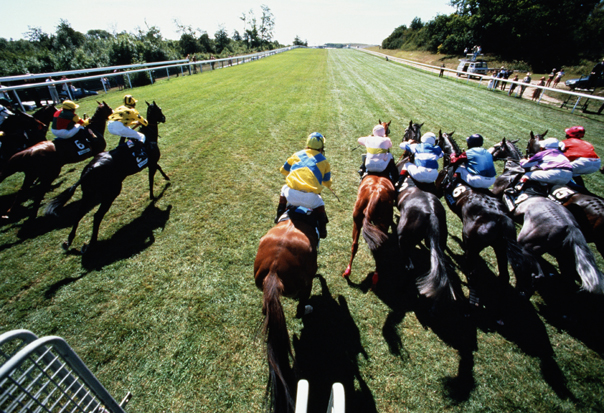
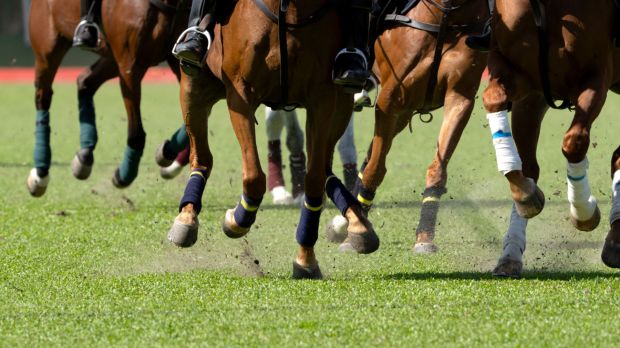
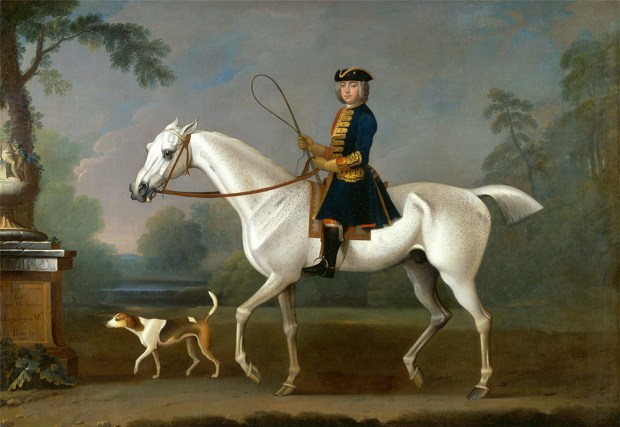
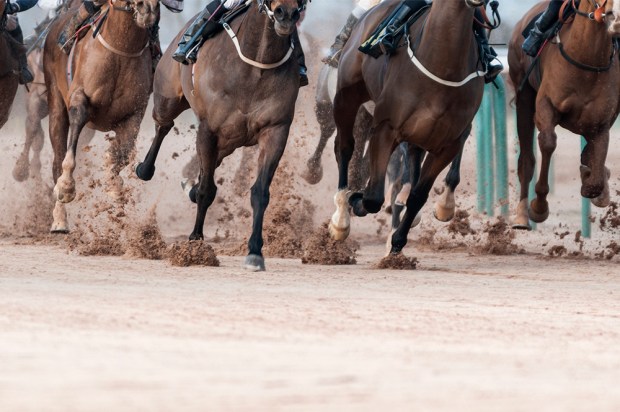
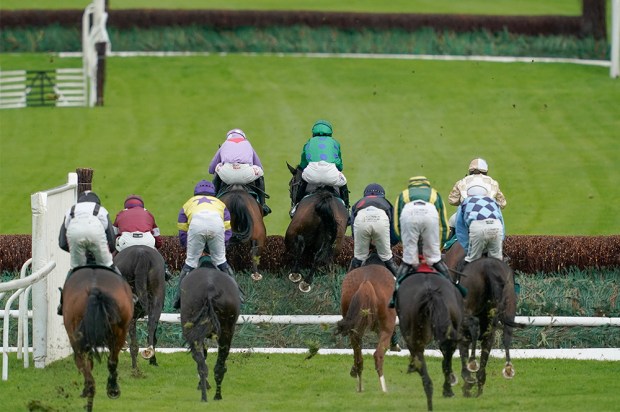
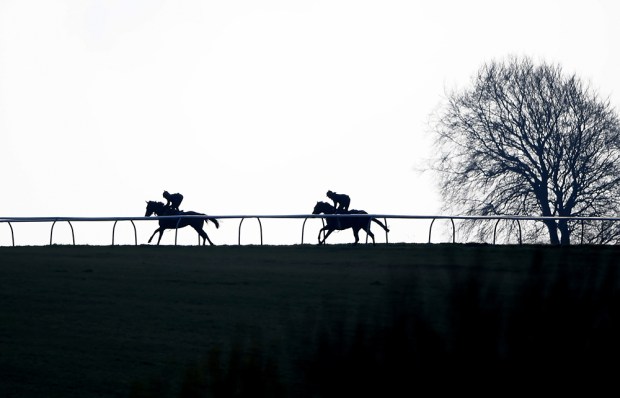
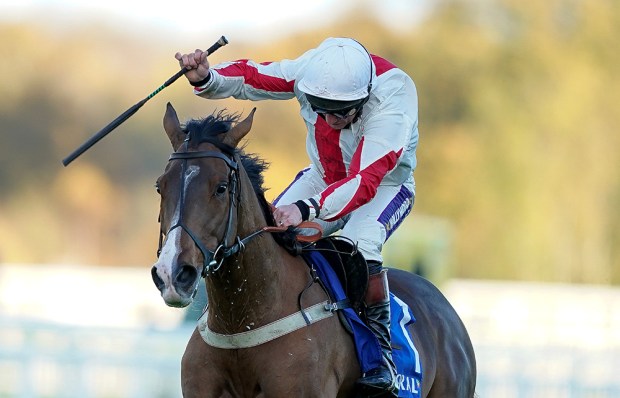






Comments
Don't miss out
Join the conversation with other Spectator Australia readers. Subscribe to leave a comment.
SUBSCRIBEAlready a subscriber? Log in